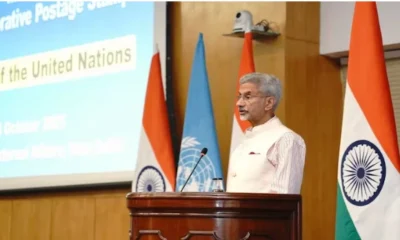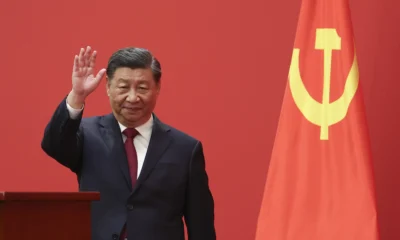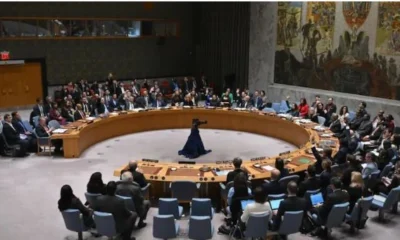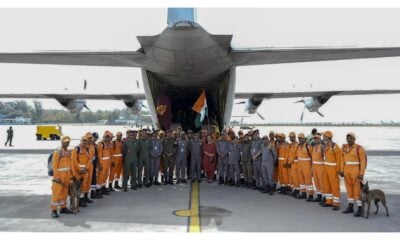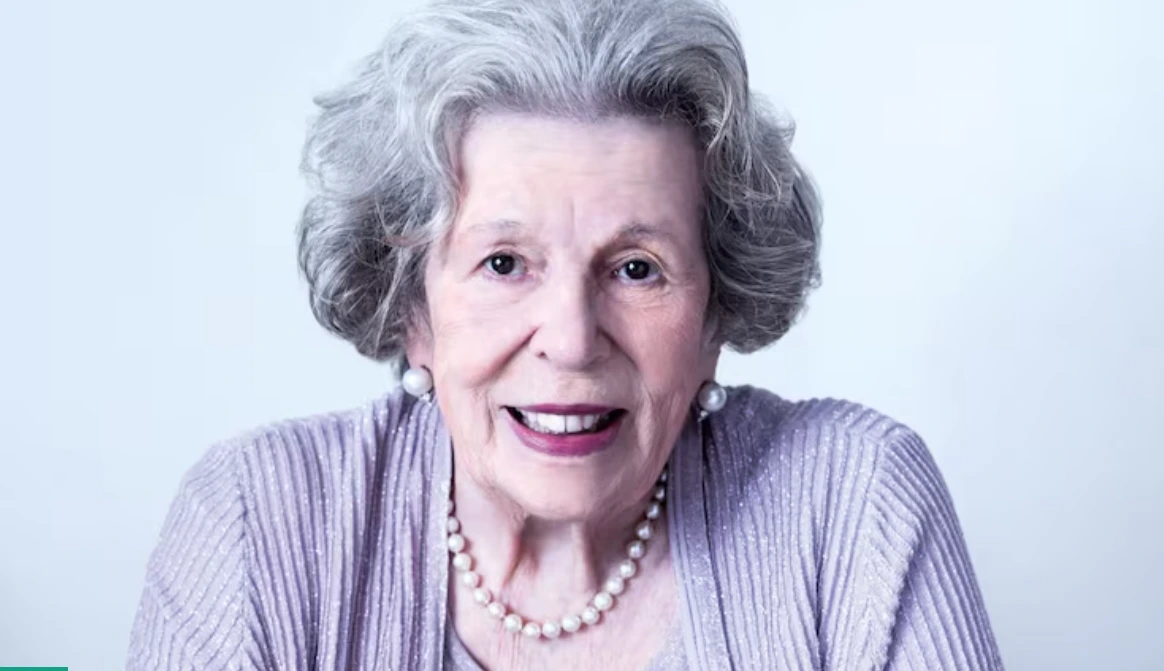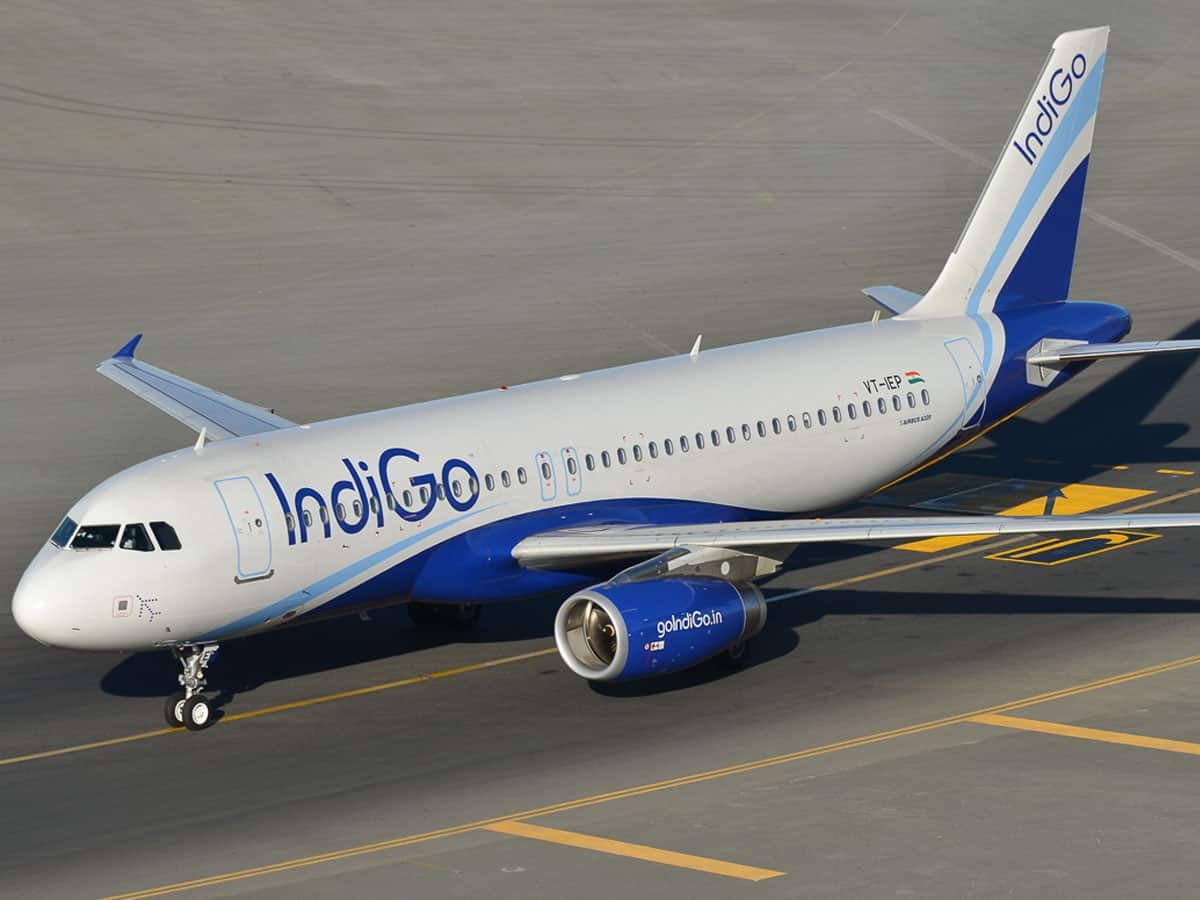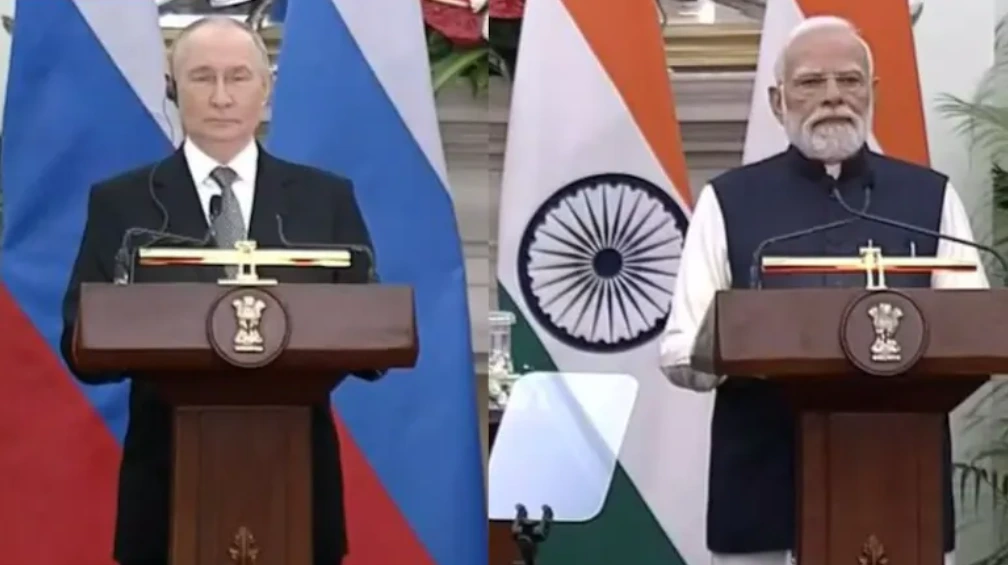India News
Indians account for world’s highest migrant population: UN
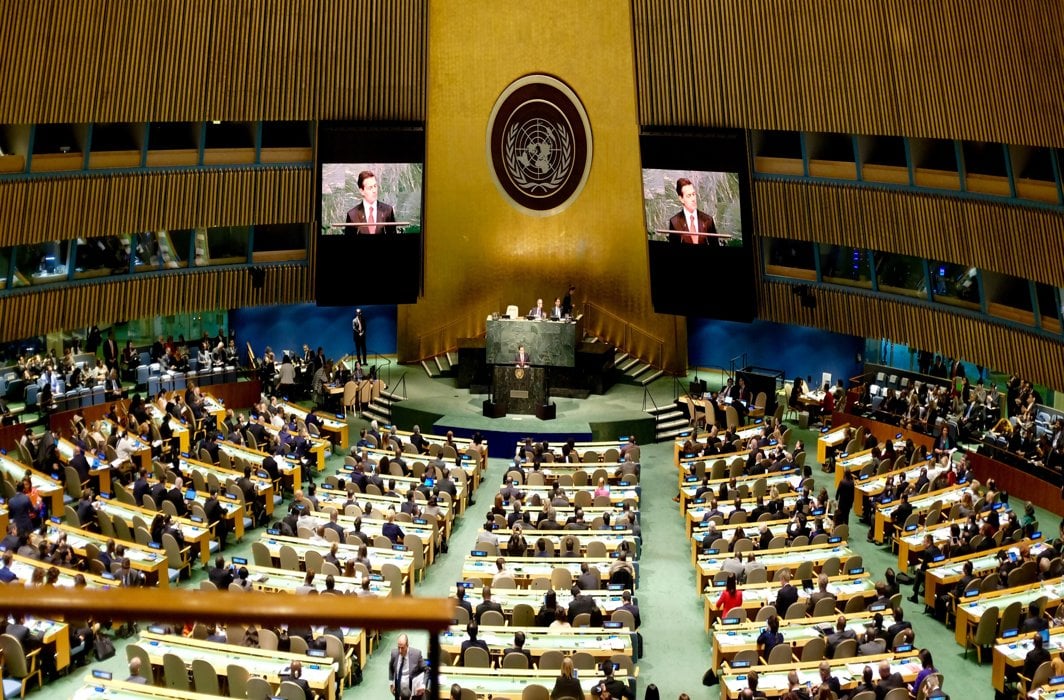
India News
Simone Tata passes away at 95: A look at the visionary who shaped Lakme and modern retail
Simone Tata, the pioneering business leader who built Lakme and helped shape India’s modern retail sector, passed away at 95. Here’s a look at her legacy.
India News
Centre orders probe into IndiGo crisis, expects normal flight operations in three days
Amid record cancellations by IndiGo, the Centre has ordered a high-level inquiry and expects flight schedules to stabilise by Saturday, with full normalcy in three days.
India News
India and Russia vow to walk together against terrorism, reaffirm strategic partnership
PM Modi and President Putin reaffirm India-Russia unity against terrorism, deepen energy and trade cooperation, and discuss peace efforts amid the Ukraine conflict.
-

 India News11 hours ago
India News11 hours agoIndiGo flight chaos deepens as over 500 services cancelled, passengers stranded for hours
-
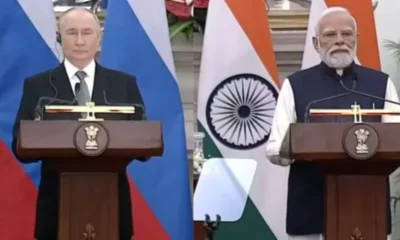
 India News6 hours ago
India News6 hours agoIndia and Russia vow to walk together against terrorism, reaffirm strategic partnership
-
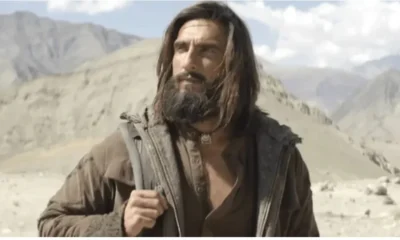
 Entertainment5 hours ago
Entertainment5 hours agoDhurandhar review: Ranveer Singh roars back, Akshaye Khanna shines in intense spy thriller
-
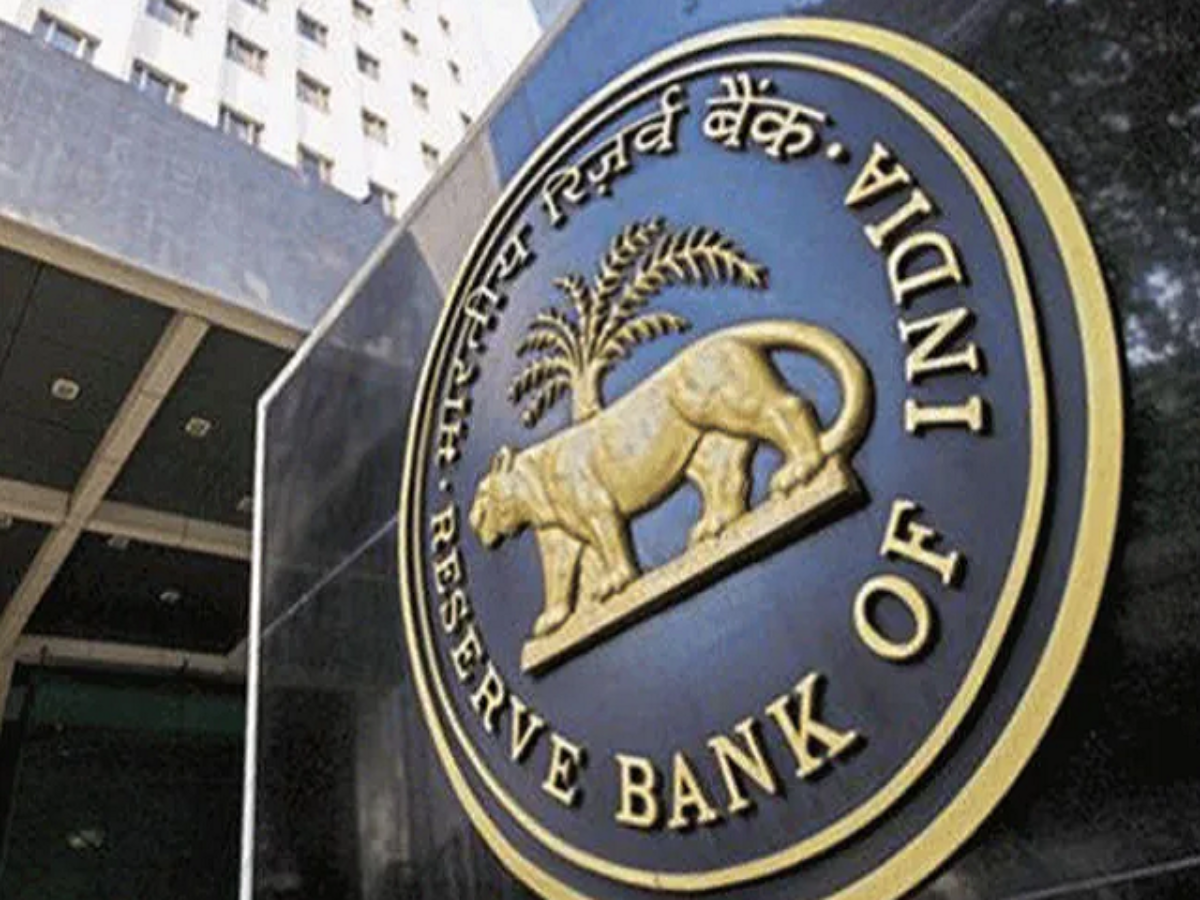
 India News11 hours ago
India News11 hours agoRBI cuts repo rate to 5.25%, paving the way for cheaper loans
-
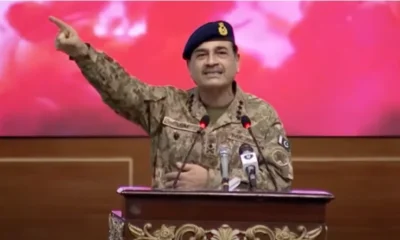
 Latest world news10 hours ago
Latest world news10 hours agoAsim Munir appointed Pakistan’s first Chief of Defence Forces, to serve 5-year term
-
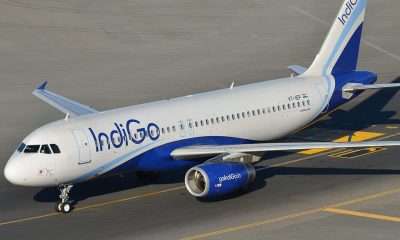
 India News16 mins ago
India News16 mins agoCentre orders probe into IndiGo crisis, expects normal flight operations in three days
-
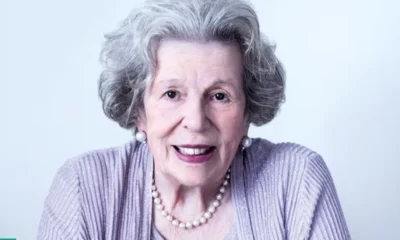
 India News1 min ago
India News1 min agoSimone Tata passes away at 95: A look at the visionary who shaped Lakme and modern retail

